Illicit Fishing Threatens Belize’s Southern Sea
With just seven rangers and growing threats from cross-border illegal fishing, the Toledo Institute for Development and Environment (TIDE) is stepping up protection of the Sapodilla Cayes Marine Reserve with the support of the Belize Fund for a Sustainable Future.
The reserve, which is just 37 miles off the coast of Punta Gorda, is home to rich biodiversity and contested territory but is also one of its most vulnerable.
In recent years, the area has seen a spike in illegal activity by Guatemalan and Honduran fishers who have been using destructive gear like gill nets and longlines. Some are even armed, prepared to resist arrest. Despite the scale of the task, the area is patrolled by just seven TIDE rangers.
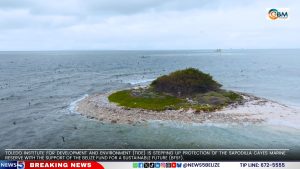
“Under the Belize Fund Project, what we do is that our rangers are fully equipped, so we have the vessels to undertake effective patrols. We have the different capacity building for rangers under the project and the living facilities,” said TIDE Executive Director Leonardo Chavarria Jr.
The Belize Fund for a Sustainable Future has been critical in bolstering the effort, providing patrol vessels, ranger training, and even paying ranger salaries. But resources are stretched thin, and illegal activity persists.
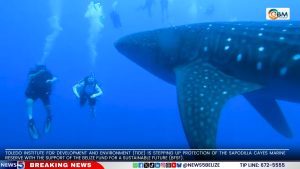
The reserve was expanded in 2020 from 38,000 acres to over 300,000 acres. Since TIDE began co-managing it in 2023, patrols have intensified. Still, with limited manpower and no direct Fisheries Department presence, the team relies heavily on partnerships.
In just the past two years, the Belize Coast Guard has intercepted 98 vessels and removed over 15,000 feet of illegal gill nets. Much of it traced back to the same stretch of sea.
Two surveillance drones and a long-range camera on Hunter’s Caye now aid in identifying illegal activity up to 10 miles out, especially when conditions are too rough for sea patrols.
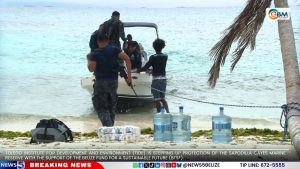
“The drone team would then use these drones to go out, monitor the area, and once we encounter or see any Guatemalan fishers in the area, then of course the patrols would then go out and then intercept these vessels,” Lieutenant Allen Armstrong of the Coast Guard stated.
“One of the primary concerns that we have is the issue of this; by nature, this is a transboundary area,” said Leonardo Chavarria Jr, Executive Director of TIDE. “We have a lot of illegal fishing that is carried out by our Guatemalan and Honduran neighbours. So we have fishing communities from Guatemala and Honduras that are in close proximity, about forty-five minutes from here. And then they engage in illicit fishing activities. So they use gill nets, which are very destructive,” Chavarria added. “They use long lines. They do night fishing. They use illicit spears, for example. And so these types of things are already a major concern to us because they do not fish like Belizeans.”
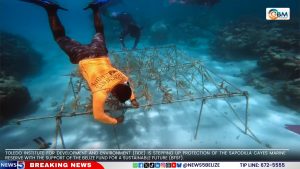
Belize banned gillnets in 2020, which was considered a landmark accomplishment for marine conservation. Yet, while the law protects Belizean waters on paper, enforcement at sea remains a challenge.
Foreign fishers continue to flout these regulations, threatening both marine ecosystems and Belize’s sovereignty and efforts to secure its southern blue frontier.




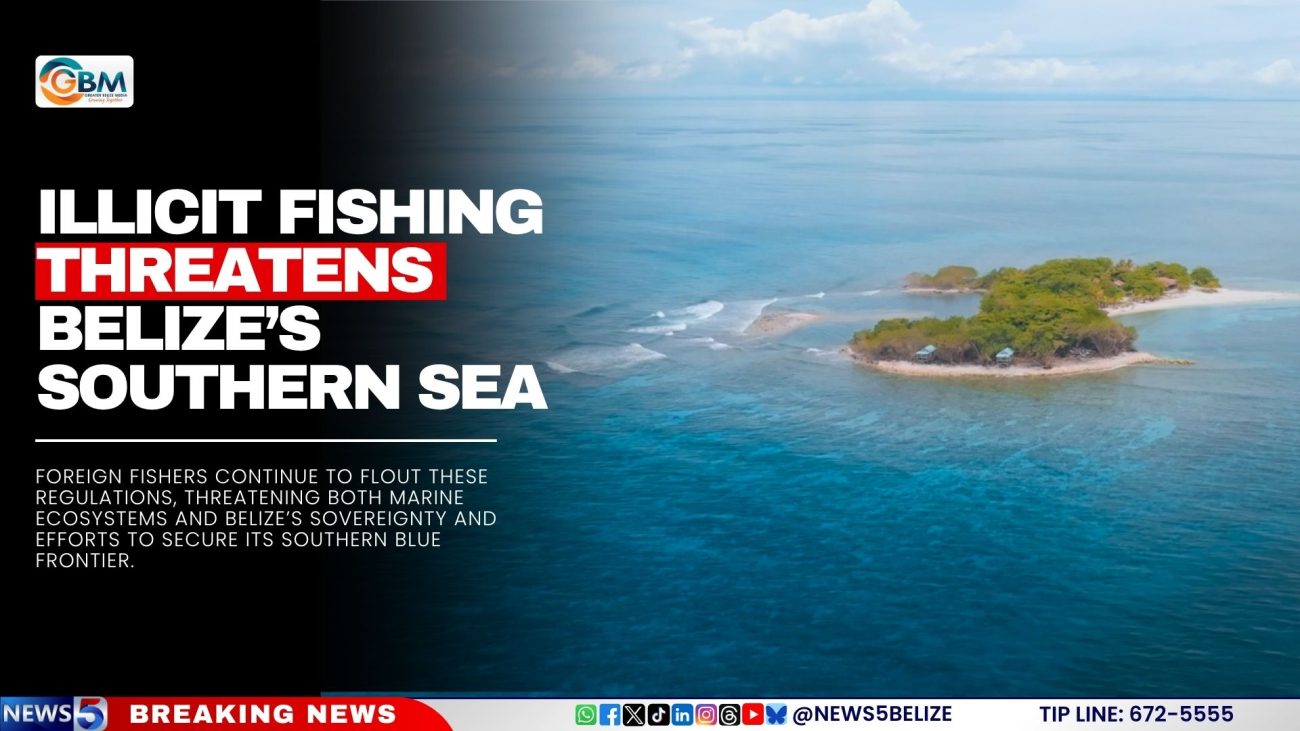

Facebook Comments